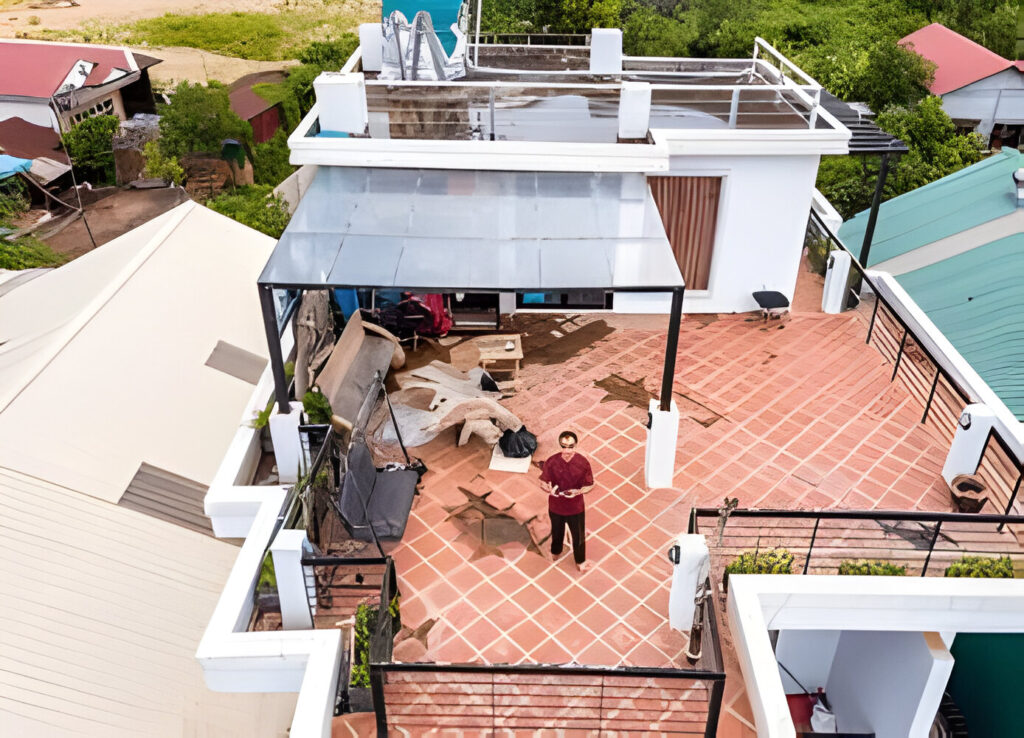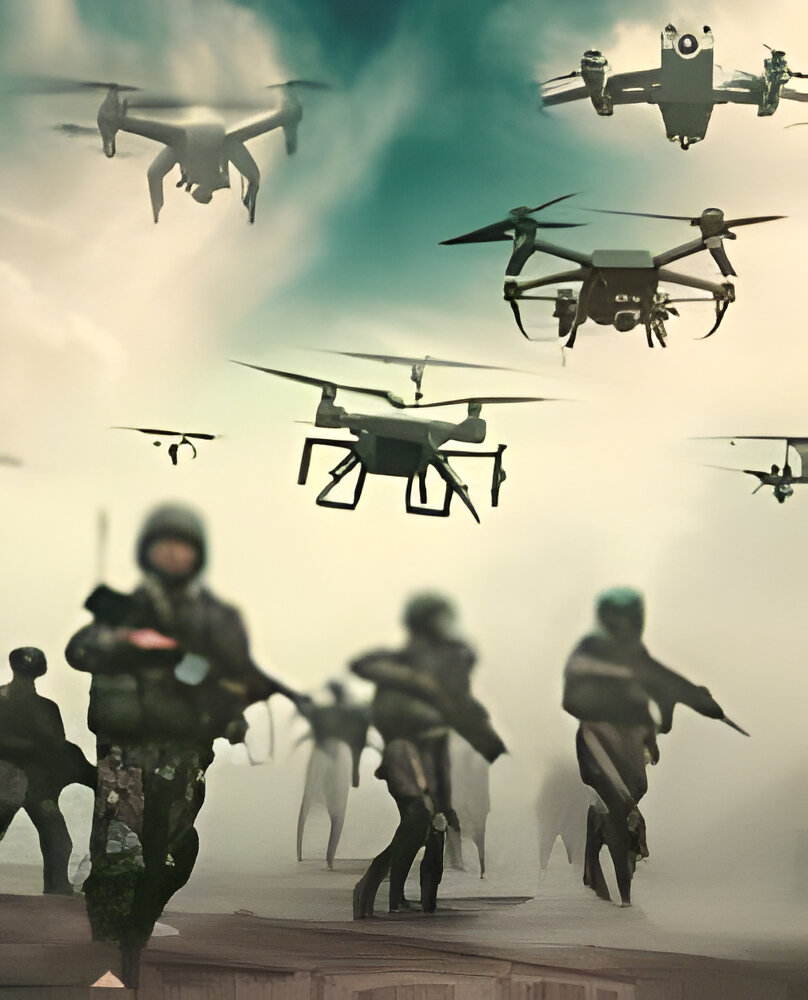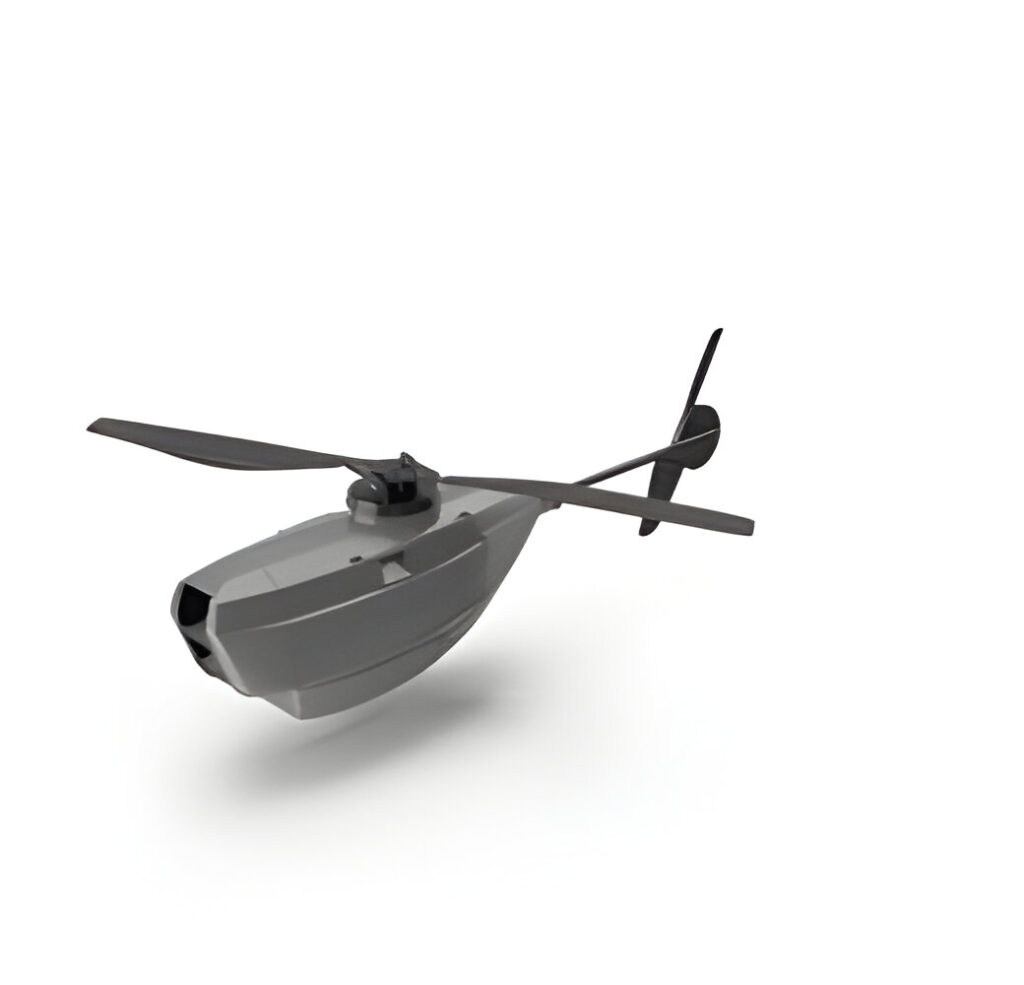In recent years, technological advancements have propelled the field of surveillance to unprecedented heights, and among the most remarkable innovations are black hornet surveillance drones. These miniature marvels have reshaped the landscape of surveillance, offering unmatched capabilities in compact packages. In this guide, we delve into the world of black hornet surveillance drones, exploring their features, applications, and the transformative impact they have on various industries.
Understanding Black Hornet Surveillance Drones
Black hornet surveillance drones represent a pinnacle in uncrewed aerial vehicle (UAV) technology, combining cutting-edge engineering with unparalleled functionality. These drones, equipped with state-of-the-art sensors and cameras, offer a discreet yet powerful means of gathering intelligence in various environments.

Exploring Key Features
Black hornet surveillance drones boast an array of impressive features, including:
- Miniature Size: Despite their diminutive dimensions, these drones pack a powerful punch, offering agility and maneuverability.
- High-Resolution Cameras: Equipped with advanced imaging capabilities, black hornet drones capture crisp, clear footage even in challenging conditions.
- Stealth Design: Designed to minimize noise and visual footprint, these drones operate covertly, making them ideal for reconnaissance missions.
- Long Battery Life: Despite their small size, black hornet drones boast extended battery life, ensuring prolonged operational endurance.
Applications Across Industries
The versatility of black hornet surveillance drones extends across various sectors, including:
- Military and Defense: In military operations, these drones provide invaluable situational awareness, aiding in reconnaissance, surveillance, and intelligence gathering.
- Law Enforcement: Law enforcement agencies utilize black hornet drones for monitoring crowd activities, tracking suspects, and conducting search and rescue operations.
- Environmental Monitoring: With their ability to access hard-to-reach areas, these drones facilitate ecological assessments, wildlife monitoring, and disaster response efforts.
- Infrastructure Inspection: Black hornet drones are deployed for inspecting infrastructure such as bridges, power lines, and pipelines, enabling efficient maintenance and surveillance.
Black Hornet Surveillance Drones: Revolutionizing Reconnaissance
At the forefront of modern surveillance technology, black hornet drones are revolutionizing the way reconnaissance missions are conducted. Their compact size, advanced capabilities, and versatility make them indispensable assets across various domains.
Enhancing Tactical Operations

In military and law enforcement operations, black hornet drones provide a tactical advantage by offering real-time intelligence and surveillance. Their ability to swiftly navigate urban landscapes and remote terrain makes them indispensable tools for enhancing situational awareness and decision-making.
Mitigating Risks
Traditional surveillance methods often involve inherent risks to personnel, especially in hazardous or hostile environments. Black hornet drones mitigate these risks by providing a safe and efficient means of gathering intelligence without exposing human operatives to danger.
Improving Response Times
During emergencies such as natural disasters or security threats, rapid response is critical. Black hornet surveillance drones enable swift deployment and assessment of the situation, allowing authorities to make informed decisions and allocate resources effectively.
Preserving Privacy
While surveillance technologies raise concerns about privacy, black hornet drones are designed to operate discreetly, minimizing intrusions. Their small size and quiet operation reduce the likelihood of detection, ensuring that surveillance activities remain covert when necessary.
FAQs (Frequently Asked Questions)
How long can black hornet surveillance drones remain airborne?
Black hornet drones typically have a flight time of up to 25 minutes, depending on environmental conditions and payload weight.
Are black hornet surveillance drones equipped with night vision capabilities?
Yes, many models of black hornet drones feature night vision cameras, enabling surveillance operations in low-light or nighttime conditions.
What is the maximum range of black hornet surveillance drones?
The maximum range of black hornet drones varies depending on the model and communication technology used, but it can range from 1 to 2 kilometers.
Can black hornet drones be controlled remotely?
Yes, black hornet drones are remotely operated by trained personnel using handheld controllers or mobile devices with dedicated applications.
Do black hornet surveillance drones have obstacle-avoidance capabilities?
Some models of black hornet drones are equipped with obstacle avoidance technology to navigate complex environments safely.
Are black hornet surveillance drones waterproof?
While black hornet drones are designed to withstand various environmental conditions, not all models are fully waterproof. It’s essential to check the specifications of each model for water resistance ratings.
Conclusion:
In conclusion, black hornet surveillance drones represent a technological leap in aerial reconnaissance, offering unmatched capabilities in compact, versatile platforms. From military operations to environmental monitoring and disaster response, these drones continue to redefine the possibilities of surveillance. As technology advances further, we can expect black hornet drones to play an increasingly pivotal role in safeguarding lives, protecting assets, and enhancing situational awareness across various domains.
Unlock the Power of Surveillance with Black Hornet Drones Today!

